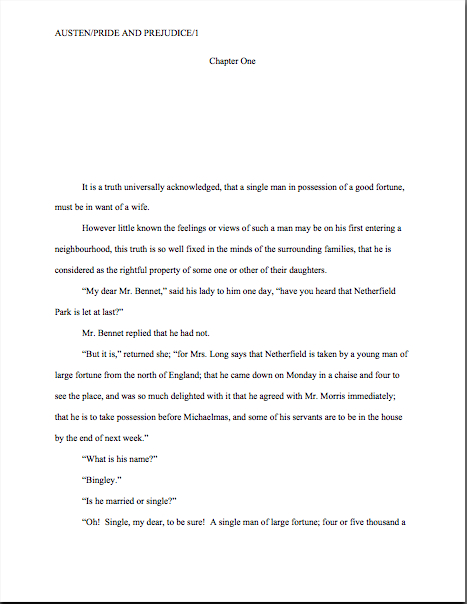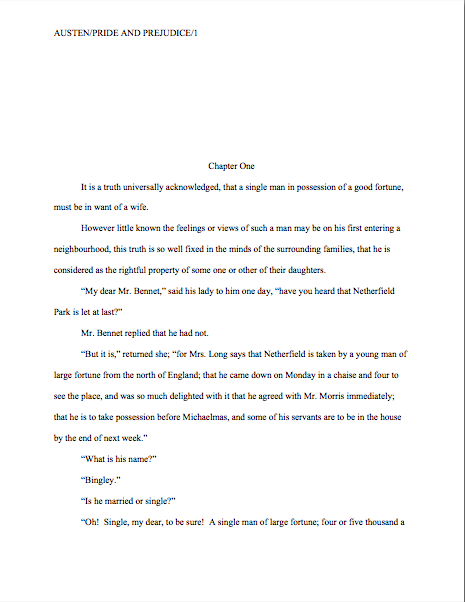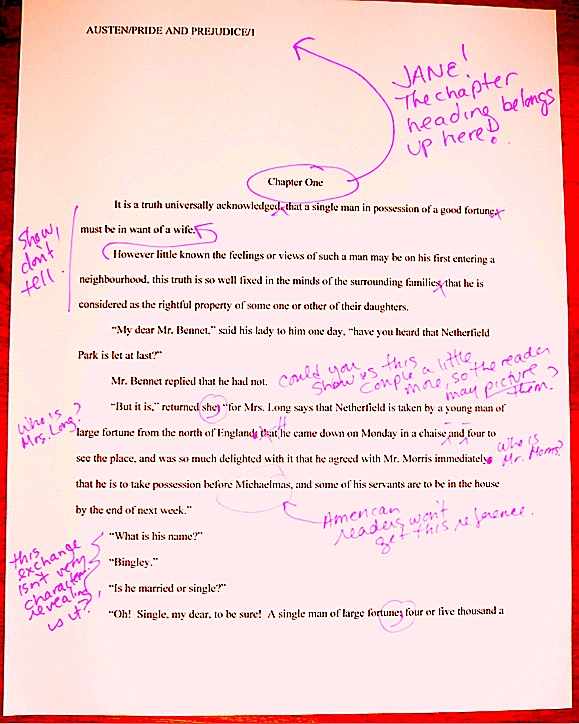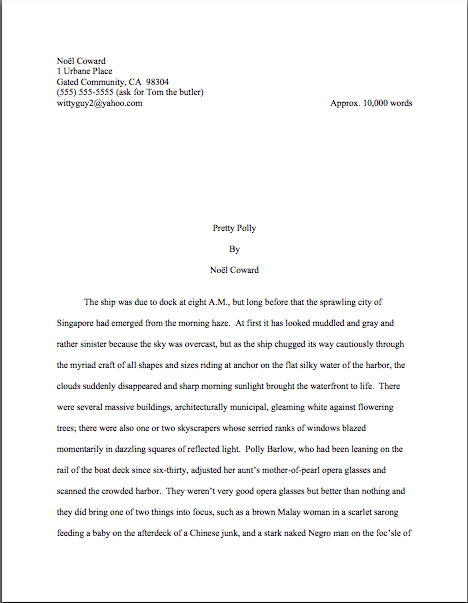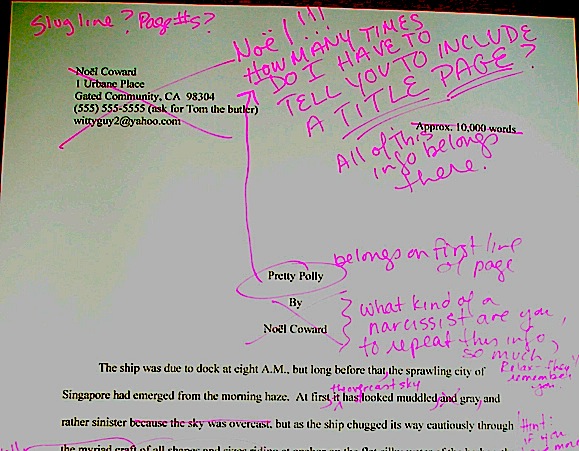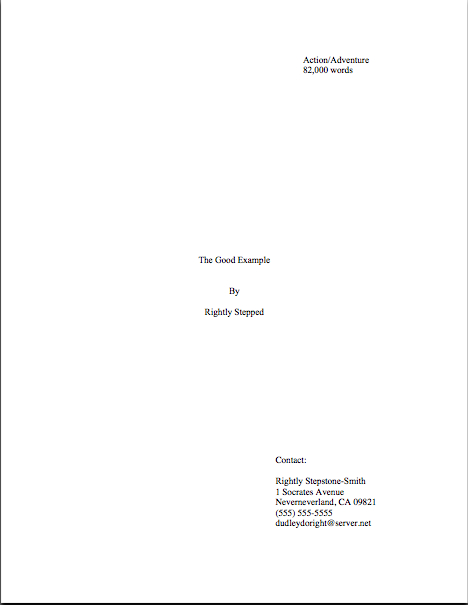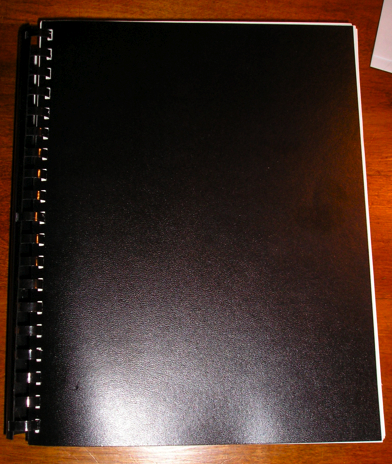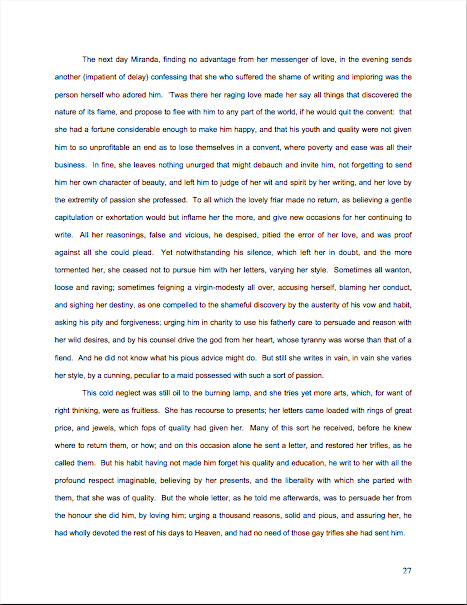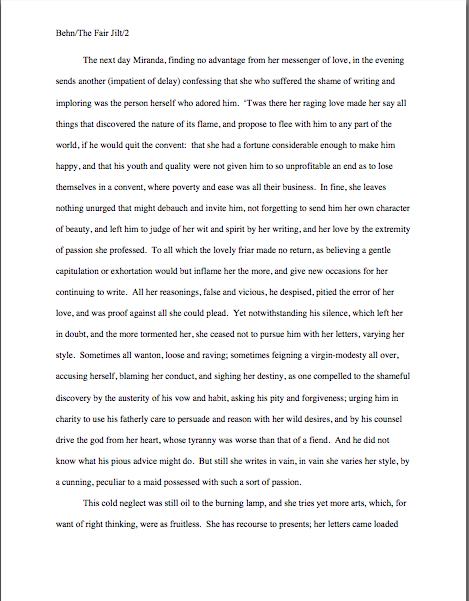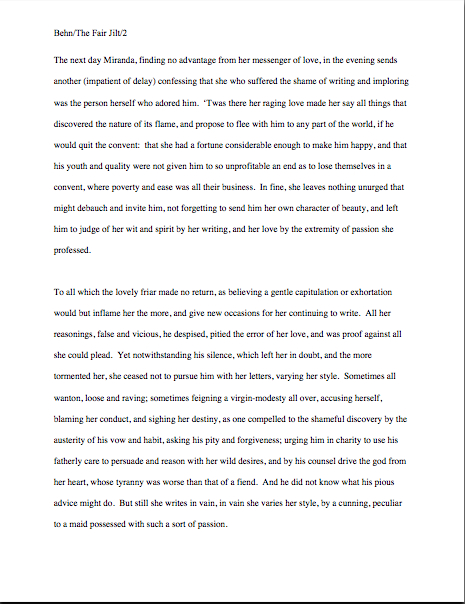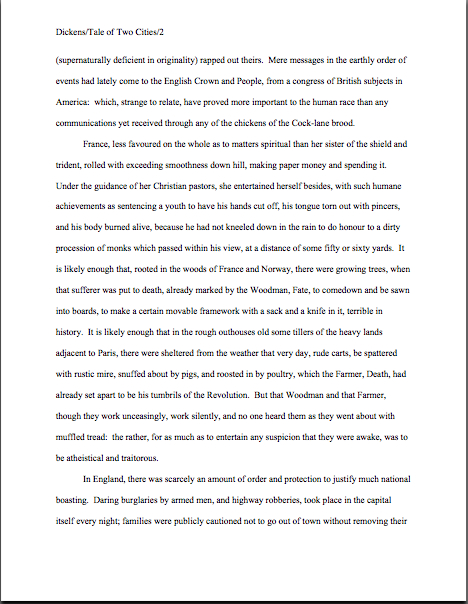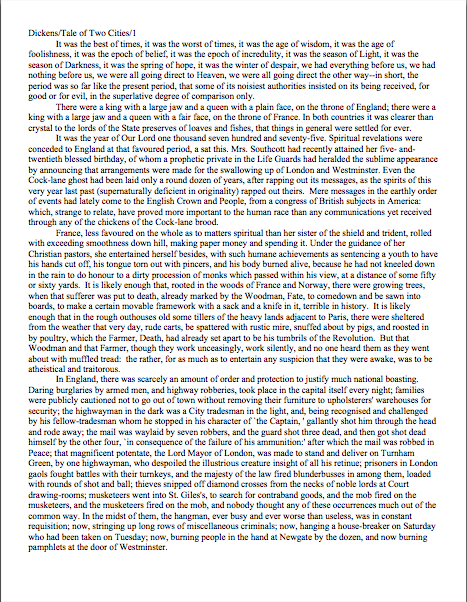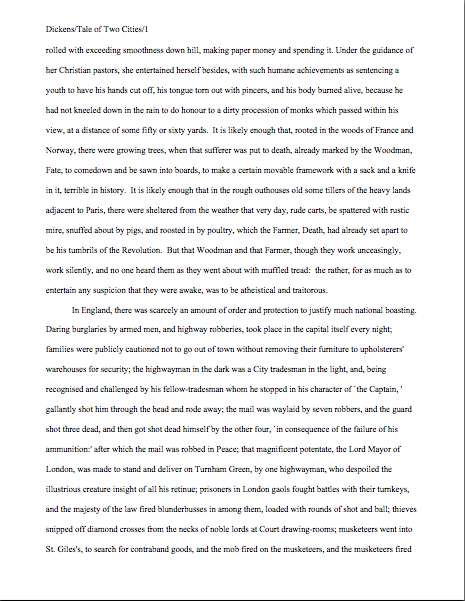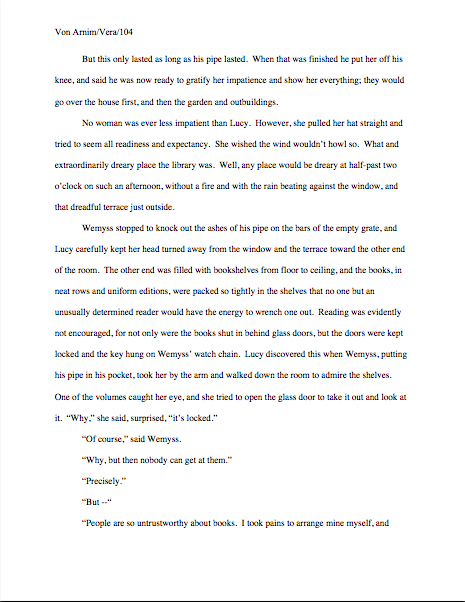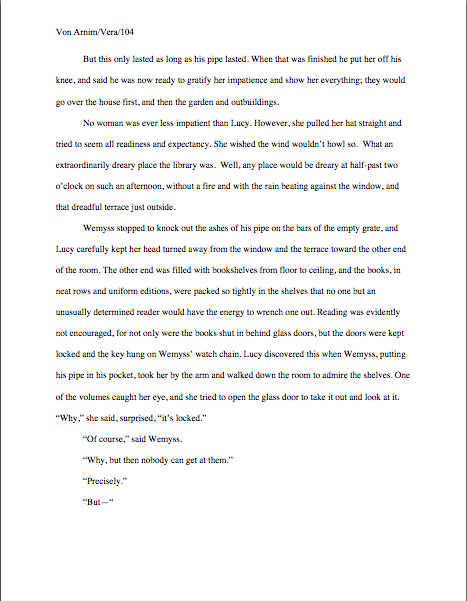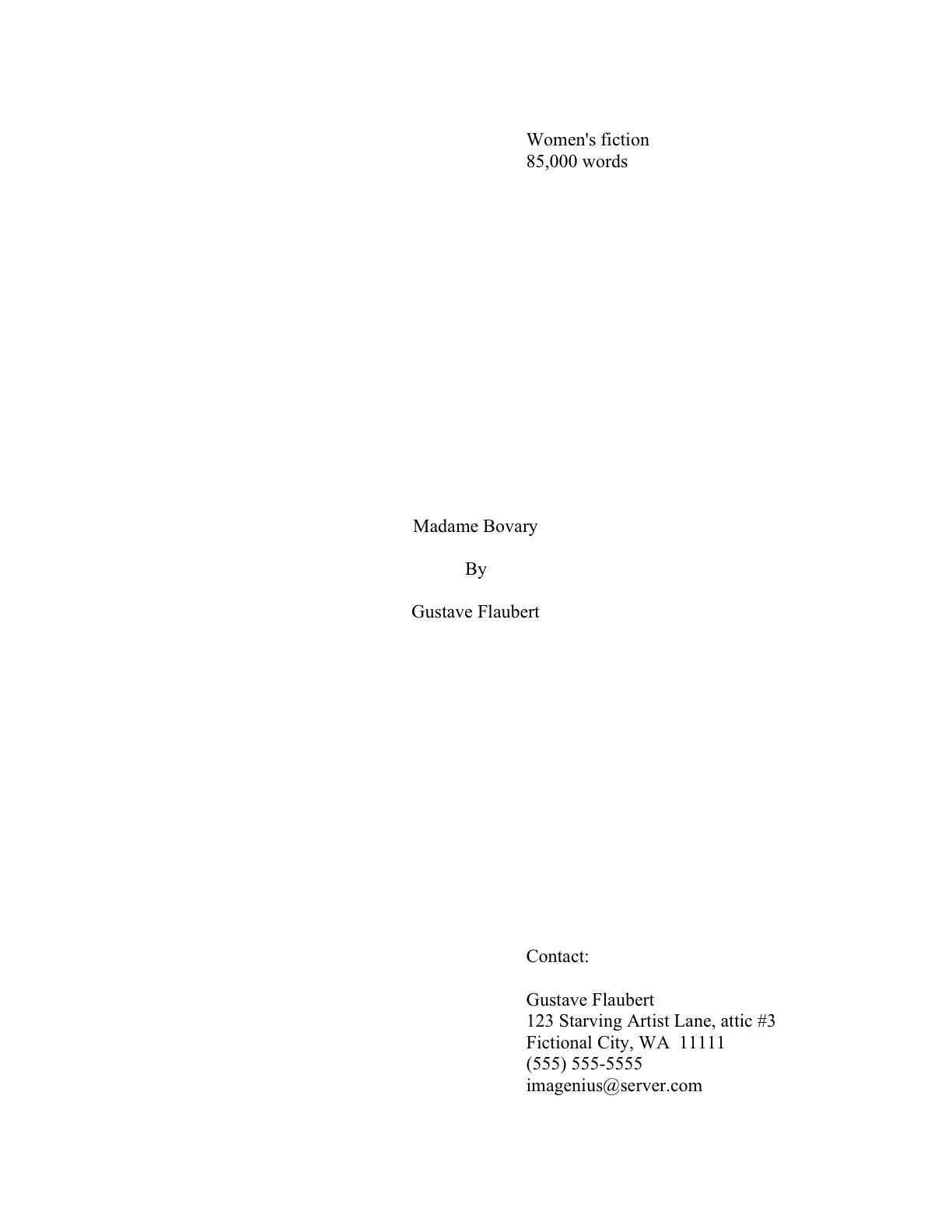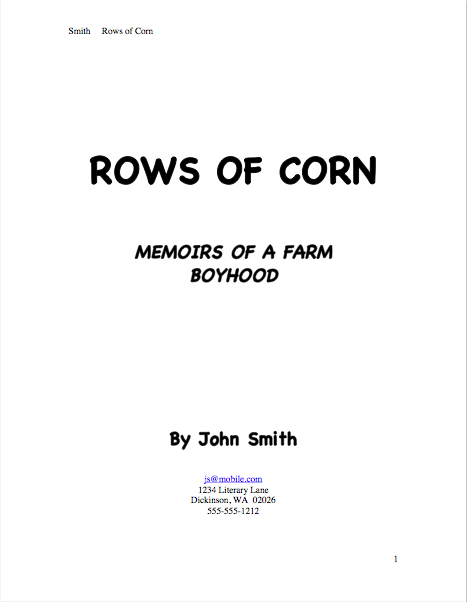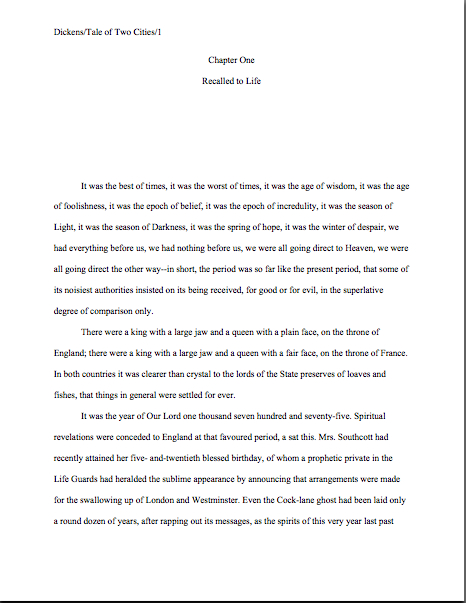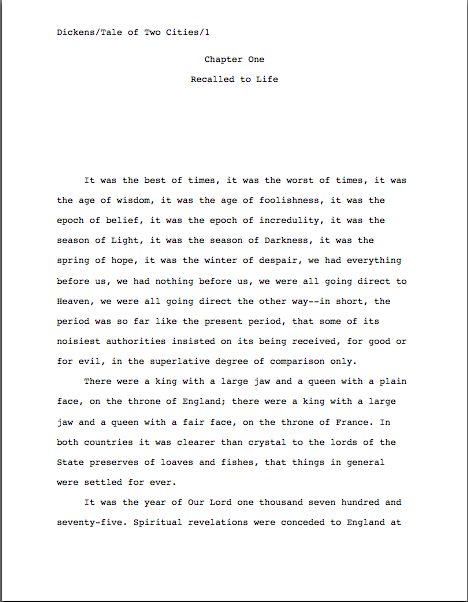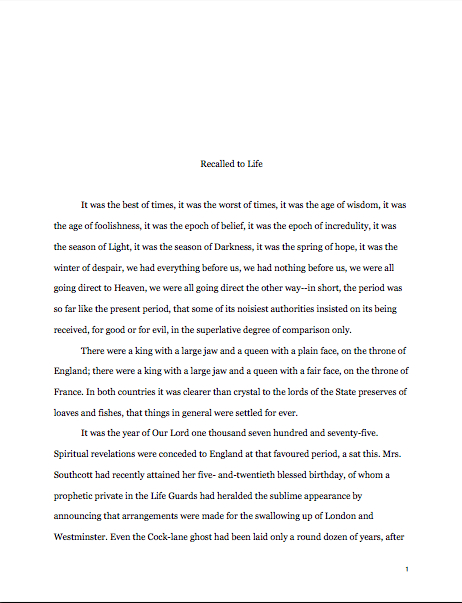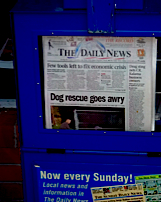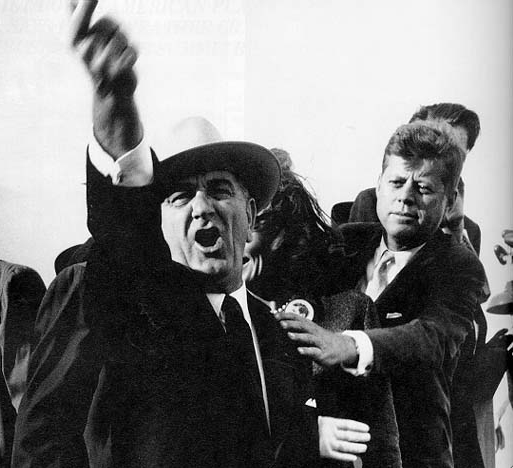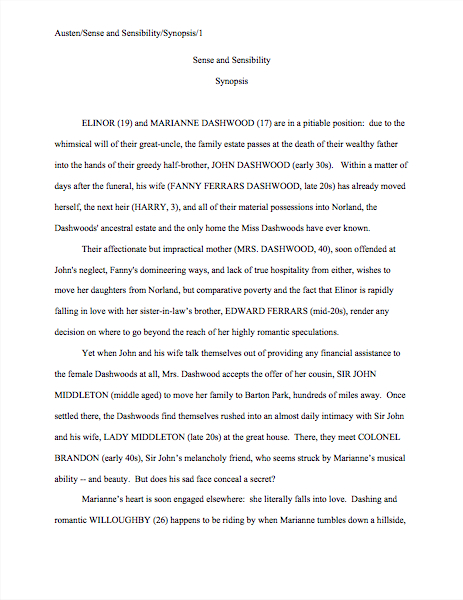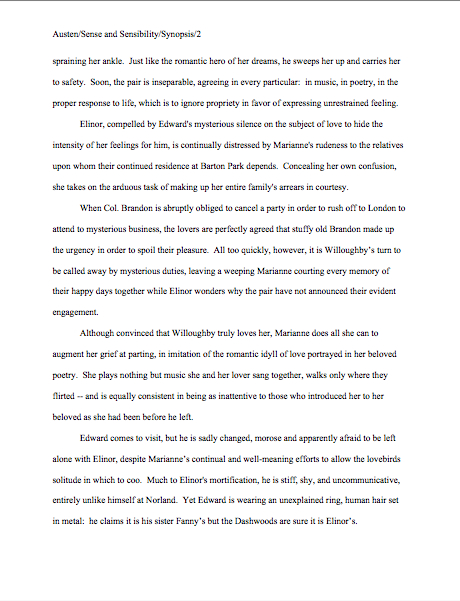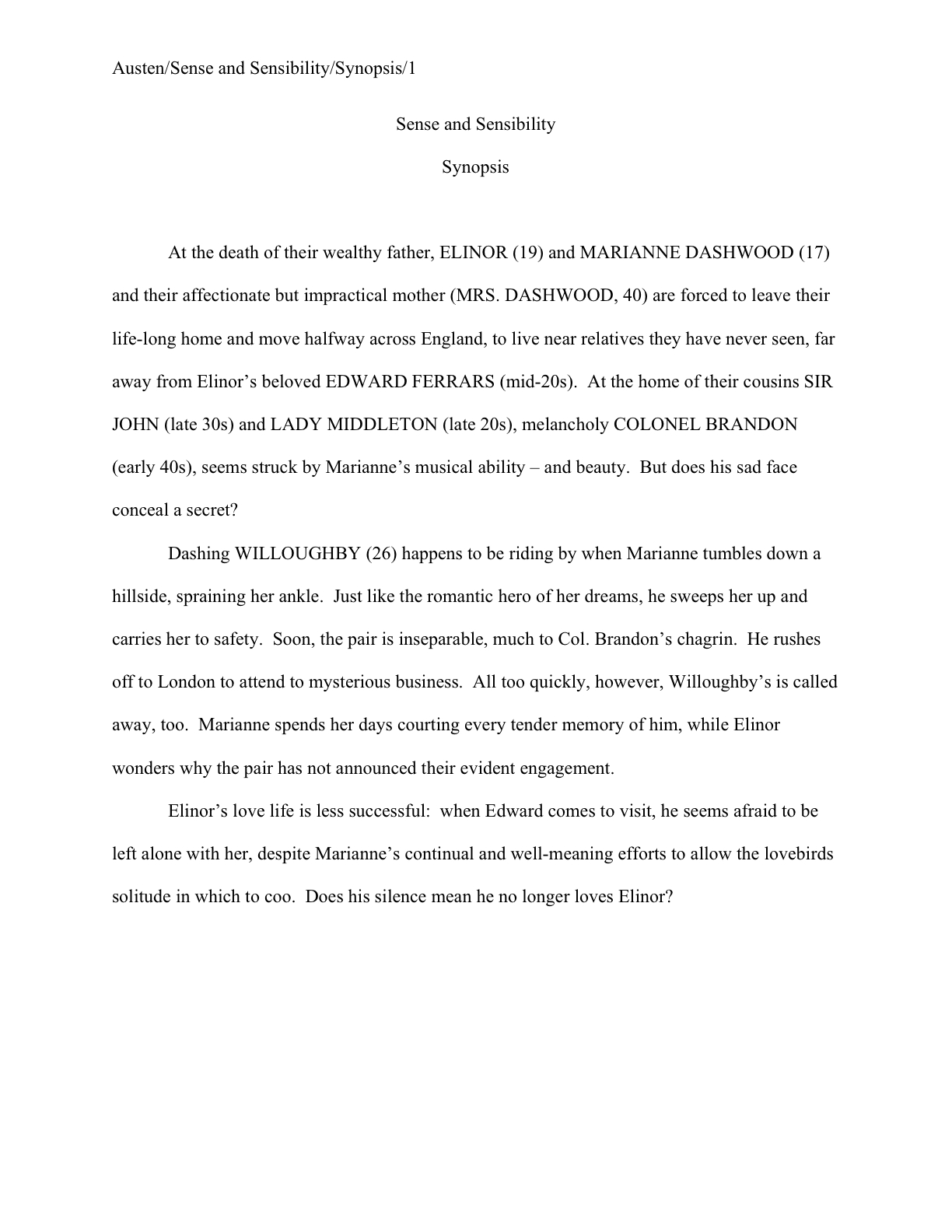I can already hear some of my long-time readers groaning over the reappearance of the dreaded tiger-jumping-through-a-flaming-hoop graphic which, as some have pointed out loudly and often, is rather distracting to the eye. I’m afraid there’s no help for it: this graphic makes me smile every time I see it.
I tend to trot it out around this time of year, when I typically spend a few weeks running over how to prepare entries for literary contests, as entry season is going to be upon us soon. If any mere picture can convey the peculiar combination of talent and almost psychotic attention to detail required to win one of the major US literary contests for unpublished work, it’s this.
Why, you ask? Well, are you sitting down?
The fact is, an experienced contest judge’s level of nit-pickiness often makes our old pal Millicent the agency screener’s reading habits seem positively generous by comparison. Millicent may have been casting her eyes over queries and manuscript submissions for a few years; since most literary contest judges are the kind of dedicated perennial volunteer that forms the backbone of every good writers’ association that throws a conference, it’s not uncommon for a judge to be reviewing entries in the same contest for decades.
Which means, in practical terms, that by the time a judge sits down to evaluate your entry, s/he may have seen the same common first page error thousands upon thousands of times.
Did I just sense eyebrows shooting scalpward out there? Yes, conclusion-jumpers, I do mean precisely that: like the average submission, most contest entries disqualify themselves from finalist consideration before the end of the first page.
Often, they do this by dint of breaking contest rules, forgetting to grammar- and spell-check, and just plain not knowing about the strictures of standard format for manuscripts (and if you didn’t know that there WAS a standard format for submissions, I implore you to rush right over to the category list on the lower right-hand side of this page, select the MANUSCRIPT FORMATTING 101 and/or STANDARD FORMAT ILLUSTRATED headings, and invest a vitally important hour in learning how to make your submissions look professional). But like every other kind of submission, contest entries tend to exhibit certain patterns of mistake.
What does this mean for our purposes in this series? Why, that most of the rejection reasons we’re discussing in this series, the red flags that will cause Millicent to charge like a bull at the very sight of them, are tried-and-true anti-favorites that will also set your garden-variety contest judge’s hooves a-stomping.
So I don’t feel too many qualms re-running this series (which I notice that I have been punching up before I post, so I suppose they are technically new posts) during the time of year I have historically devoted to polishing contest entries to a high sheen. Yes, I still think entering literary contests is a dandy way for an aspiring writer to rack up some ECQLC (Eye-Catching Query Letter Candy, the credentials that make Millicent sit up and take a query letter seriously); as an author who landed her agent by winning the nonfiction book category of the country’s largest writers’ association’s contest, I would be the last to deny that walking off with top honors can prove very helpful to a writing career.
But this year, if no one objects too violently, I would prefer to spend the rest of the winter talking about craft and presentation issues like the ones in this series. Addressing these topics will help contest entrants, anyway, as well as everyone else who plans to submit her writing to professional scrutiny. And call me zany, but I suspect that fewer of my readers than usual will have the dosh to invest in contest entries this year.
So please pay close attention over the next couple of weeks, contest entrants: these rejection reasons apply equally well to the first pages of entries, too.
Looking over today’s post, I considered cutting out the early part where I talk about dealing with an editorial memo — for those of you unfamiliar with the term, it’s the letter outlining requested changes an editor at a publishing house provides an author to guide the pre-publication revision process — for a novel of mine. It’s a trifle off-topic, admittedly, but as I know many of you are curious about what happens to a manuscript after agents and editors have control of it, I decided to leave this section.
Enjoy! Or if learning new and more terrifying problems a submission might have isn’t precisely your idea of a rollicking good time, I hope you find it helpful!
Were you surprised to see that I took the entire weekend off? It’s part of a new plan of mine, called GETTING A LIFE, over and above my writing. Having just finished a major revision — and composed a list of what I had and had not revised at the editor’s suggestion — I felt the need to, well, not work my usual 7-day week this week.
Call me wacky.
“Wait just a second,” I hear some of you cry. “A list of changes in the manuscript that the editor has in her hot little hand? Couldn’t she just look at it to check if you made all of the requested alterations? And why on earth would any sane person ask a writer to produce such a list immediately after completing a revision, when the writer is likely both to be exhausted and a trifle touchy about her choices?”
A list of revisions is not all that unusual a request, once an editor at a major house is involved with a book. Essentially, it’s a time-saving technique. (Remember earlier in this series, when I was telling you about how busy such people are? Well…) Since manuscript changes are often quite subtle, and the editor is not going to sit down and read the old version and the new side-by-side (sorry to be the one to break that to you), many agents like to have the author provide the editor with a list, to forestall the objection that not enough of the requested changes were made. Also, in the unlikely (a-hem) event that the editor does not have time to read the whole thing again, with such a list in hand, it would be technically possible for an editor to flip through and see what changed very quickly.
Essentially, the list is the equivalent of having the author produce the kind of 1- or 2-page report that editorial assistants routinely provide on a project being considered.
I’m giving you a heads-up about it now, because very frequently, such a request comes as the proverbial ball out of left field to the writer, who is then left scrambling to meet a revision deadline AND producing a list of changes. If you know it’s a possible future request, you can just keep a list while you are revising. Clever, no?
To forestall follow-up questions from those prone to borrowing trouble: no, Virginia, no one in the industry will ever ask you for a list of the revisions you performed BEFORE they saw the manuscript in the first place. So unless you want to get in practice maintaining such a list (not a bad idea, actually), there’s really no reason to keep track of your changes in such a concrete way until after you sign with an agent.
But thereafter, it can be very, very helpful to be able to say, “What do you mean, I didn’t take your advice seriously? Here’s a list of what I changed at your behest!” and be able to back it up.
Okay, back to demystifying the Idol list. (If that sounds as though I have suddenly begun speaking in tongues, please see the first post in this series.) I know I’ve been harping on it at some length now, but my theory is that general writing advice is not all that useful as long as it remains, well, general. I think it’s important to take the overarching principles and show how they might be applied to a specific manuscript.
That being said, today’s group of manuscript problems is the most literal, and thus the easiest to remove from a manuscript. (And the masses rejoice!)
These are the rejection reasons that are based upon sheer repetition: any agent in the biz has not only seen these phenomena before at least 1,147 times — and thus will automatically assume that a submission that contains them on the first page is not a piece of fresh writing that might take the literary world by storm — but has, in all probability, seen any particular one at least once already on that same DAY of screening.
So best to avoid ’em, I always say.
I know, I know: a great deal of the writing advice out there, including mine, is about standardizing your manuscript prior to submission. But adhering to standard format and avoiding certain common mistakes is, perhaps counterintuitively, a way to make the individuality of your writing shine more. To put it the way my grandmother would: fashion can make almost anyone look good, but if a woman is truly beautiful, wearing conventional clothing will only make it more obvious that it is the woman, and not the clothes, who caught the eye of the observer.
(Need I add that my grandmother was excessively pretty, and that a great many of her metaphors were style-related?)
The rejection reasons listed below are something different: they are common shortcuts that writers use, and thus, not particularly good ways to make your writing stand out from the crowd. Using the numbering from the original list, they are:
9. The opening sentence(s) contained the phrases, My name is… and/or My age is….
10. The opening contained the phrase, This can’t be happening.
11. The opening contained the phrase or implication, And then I woke up, screaming (an ever-popular choice) or otherwise.
12. The opening paragraph contained too much jargon.
13. The opening contained one or more clichéd phrases.
14. The opening contained one or more clichéd pieces of material. Specifically singled out: our old pal, a character’s long red or blonde hair, his flashing green eyes, his well-muscled frame, her shapely legs.
21. The character spots him/herself in a mirror, in order to provide an excuse for a first-person or tight third-person narrative to describe her long red or blonde hair, his flashing green eyes, his well-muscled frame, etc.
Why do I identify these as shortcuts, and not clichés? Well, obviously, the clichés are clichés, but the rest are the kind of logical shorthand most of us learned in our early creative writing classes. To name but a few:
Introduce the character –which manifests as My name is… and/or My age is…).
Show perspective — This can’t be happening.
Add a twist — And then I woke up.
The cumulative result of decades of such good generalized advice is that agents and their screeners see these particular tropes so often that they might as well be clichés. They definitely don’t scream from the page, “This is a writer who is doing fresh and interesting new things with the English language!” or “This story is likely to have a twist you’ve never seen before,” at any rate, and when a screener is looking to thin the reading pile, those are most emphatically not the messages you want to be sending.
Another early English-class lesson has shown up with remarkable frequency on this list. Guesses, anyone?
Hint: the applicable rejection reasons are #9, the opening contained the phrases,My name is… and/or My age is…, #14, a character’s long red or blonde hair, and
#21, the character spotting him/herself in a mirror.
Congratulations, all of you graduates of Creative Writing 101: they all stem from the oft-repeated admonition to provide physical descriptions of the character right away.
As in within the first nanosecond of their appearing in a scene, so the reader doesn’t waste any time at all picturing ‘em before being told precisely what they look like. The rise of television and movies have rendered this particular piece of writing advice practically universally observed in submissions. After all, almost without exception, viewers’ first impression of an important character in a TV show or movie is when he walks into frame.
Also, I suspect, a lot of us read short stories and books in our formative years that used the age, sex, and/or gender (yes, they’re different things, contrary to the way one usually sees them on government forms: sex is biological, gender is learned) as THE twist. I, personally, have never gotten over my disappointment that Stanley Kubrick’s film of Anthony Burgess’ 1963 novel A CLOCKWORK ORANGE glossed over the single most shocking line in the book, when we learn that the thief, rapist, and murderer who has been narrating the story is only 15 years old.
Hey, that was still shocking, back in the 1960s. I encountered the book a decade and a half later, but still, you should have seen my fifth-grade teacher’s face when I told her about Alex’s age in my book report.
Basically, all of these rejection reasons share the same underlying objection: there’s nothing wrong with providing some physical description of your characters right off the bat, of course, but by all means, be subtle about it. And need a full description come on page 1?
Yes, yes, I know that movies and TV have accustomed us to knowing what a character looks like from the instant he’s introduced, but is there a particular reason that a READER’S first experience of a character need be visual?
We are left to wonder: why are characters so seldom introduced by smell? Or touch?
But no: day in, day out, screeners are routinely introduced to characters by front-loaded visual images, a good third of them bouncing off reflective vases, glasses of water, and over-large silver pendants. We’ve all seen it: the first-person narrator who catches sight of his own reflection in a nearby mirror in order to have a reason to describe himself.
Or the close third-person narration that, limited to a POV Nazi-pleasing single-character perspective, requires that the character be reflected in passing sunglasses, a handy lake, a GAP window, etc., so that he may see himself and have a reason to note his own doubtless quite familiar physical attributes.
Just once, could a passerby gag on a hero’s cloud of cologne?
Setting aside for a moment just how common the reflective surface device is — in the just over two hours of the Idol session, it happened often enough to generate laughs from the audience, so multiply that by weeks, months, and years of reading submissions, and you’ll get a fair idea — think about this from the screener’s perspective. (Did your tongue automatically start to feel burned by that latte?) That screener is in a hurry to find out what the novel’s story is, right?
So ask yourself: is that harried reader likely to regard superadded physical description of the protagonist as a welcome addition, or as a way to slow the process of finding out what the story is about? And how is she likely to feel about that, 5 minutes into her ostensible lunch break?
I know; it’s disillusioning. But as I keep reminding you, no one in the industry regards the submitted version of a manuscript as the final version. Nor should you.
Just jump through that flaming hope now. If you’re absolutely married to an upfront physical description, you can always add it back in to a subsequent draft.
The last remaining reason — #12, the opening paragraph rife with jargon — is, too, a shortcut, usually a means to establish quickly that the character presented as a doctor, lawyer, police officer, soil engineer, President of the United States, etc., is in fact a — wait for it — doctor, lawyer, police officer, soil engineer, or President of the United States.
However, how often do you think a screener — or any other reader, for that matter — gets a couple of lines into a novel, then throws it down in disgust, exclaiming, “There’s just not enough esoteric technical talk here! I just do not believe that this character actually is a doctor/lawyer/police officer/soil engineer/President of the United States! If only there were more jargon properly interesting only to those actually involved in those professions!”
Doesn’t happen.
The opposite, however, does: when there’s too much profession-specific word usage right off the bat, it can be very off-putting for the reader. And for the screener. With predictable results.
Do I hear some disgruntled murmuring out there? Is it possible that some of you saying, “But people actually do talk like that in real life!”
Yes, they do. There are also plenty of people who say, “Um…” at the end of every other sentence, and mobs of nice folks who interlard every conversation with, “like” and “ya’ know.” Heck, there are millions of people in the world who speak Estonian — yet you would not even consider submitting a manuscript to an English-speaking agent or editor where every third word was in that beautiful language, would you? Even if your story were actually set in Estonia?
Save it — if not entirely, then at least until after page 5. Or after you have successfully cleared the submission hurdle.
We’re just whipping through this list, aren’t we? Soon, all of our first pages will be so snazzy that none of us will get rejected until page 2. In that happy hope, keep up the good work!











